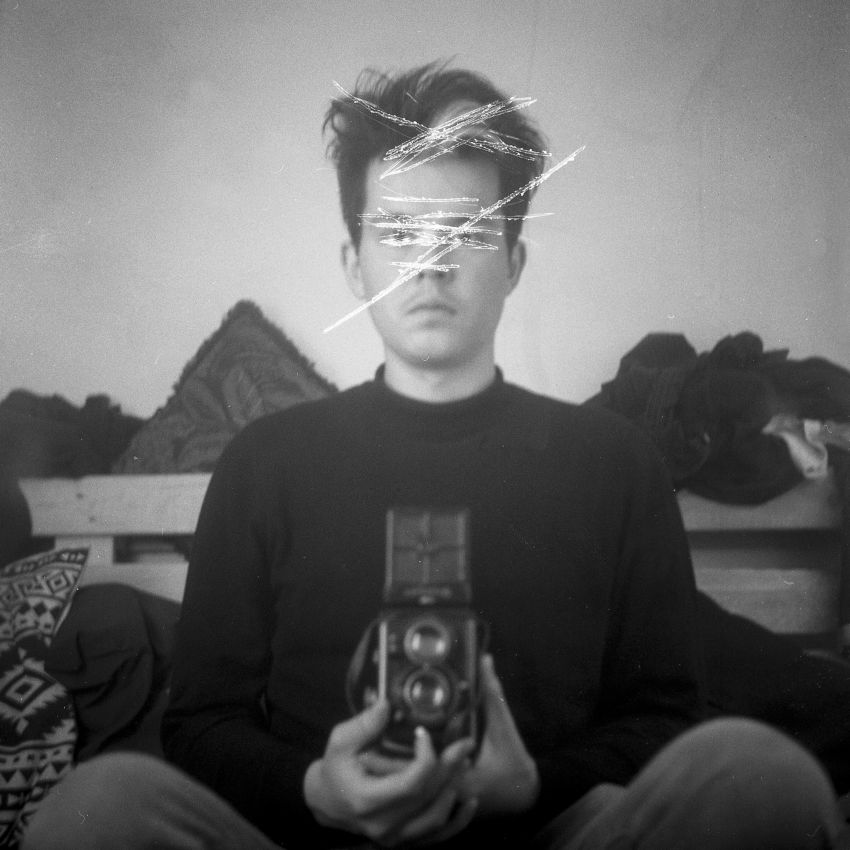Joris Degas. En attendant Saïgon
En attendant Saïgon is a work of photography concerning collective memory, the transmission and the loss of cultural heri- tage within families of immigrants” he explains.
In photography, there are those who fall into it when they are little and then there are the others. Joris Degas is part of the second category but some clues suggested that it was only a matter of time. “Photography came late to me” he explains. “And yet it was very much present in my family. My mother and my sister were members of a photo club. I often accompanied them when I was a teenager but rather to act as a model. Moreover, my paternal grandfather had been a semi-professional photographer in his youth.” A past of which he was unaware and of which he has never even seen any evidence. “I never had the opportunity to see the pictures he had made but I would like to discover them. However, I did use his Rolleiflex to take the pictures for En attendant Saïgon.” Because photography obviously finally caught up with him after a period of trial and error. “I had studied in France in the field of audiovisual advertising. After that, I did not really know what the next step should be. I enrolled in a European exchange programme based rather on professional experience. And I left for Slovenia. It was less the country than the programme that attracted me. I took part in a multimedia project that included photography. About halfway through the programme, I said that what really interested me was photography.”Practice seems to have persuaded him rather than any specific triggering event. “I think that it was finally a fairly natural affinity. In Slovenia, I would especially photograph events, concerts, etc. Nothing to do with my current work. But I felt freer with my camera than in the online media where I had done some internships. I therefore set out in search of some serious training programmes in that area.”
Until then, he had been working as a self-taught photographer. “The local people provided me with a small Canon Reflex. It wasn’t that great but I was starting out and it was enough for what I had to do. But I realised that if I wanted to go further, I would need really good training. I do not come from an artistic background and I had a great deal to learn. I said to myself that it would be better to take time to meet people, and to learn the technical bases, etc.”
Rather than going back to France, he headed for Belgium. “I was in Slovenia and I did not necessarily want to go back to France. Belgium was a good place. I had often met Belgians during my holidays and I found that we really had much in common. And then from a purely pragmatic viewpoint, I preferred studying in a French-speaking country.”
He enrolled for several admission tests and final opted for Saint-Luc Liège. “I liked Liège a lot, and the school seemed to me to be more open to everyone, compared to others where you already needed an intellectual baggage, which I did not have at that time.”
He therefore began to develop a very personal work around identity, while he was learning the technical bases. En attendant Saïgon is a work of photography concerning collective memory, the transmission and the loss of cultural heritage within families of immigrants” he explains. At the outset, it involved working on immigrant communities and setting out to rediscover his past in Vietnam. Covid and confinement decided otherwise. “I could not leave but finally it was perhaps better that way. By basing myself on the story of my grandmother, who left Vietnam when she was close to thirty years of age, of my mother, born in Saigon and rapidly uprooted, and myself, a European whose roots are far away, this work proposes a transgenerational approach where the connection with the country of origin alternates between a partially closed page, a missed appointment and a fantasised picture” he writes. A passionate quest for identity but also the power of the image and the tales it can generate.

De la série En attendant Saïgon © Joris Degas
